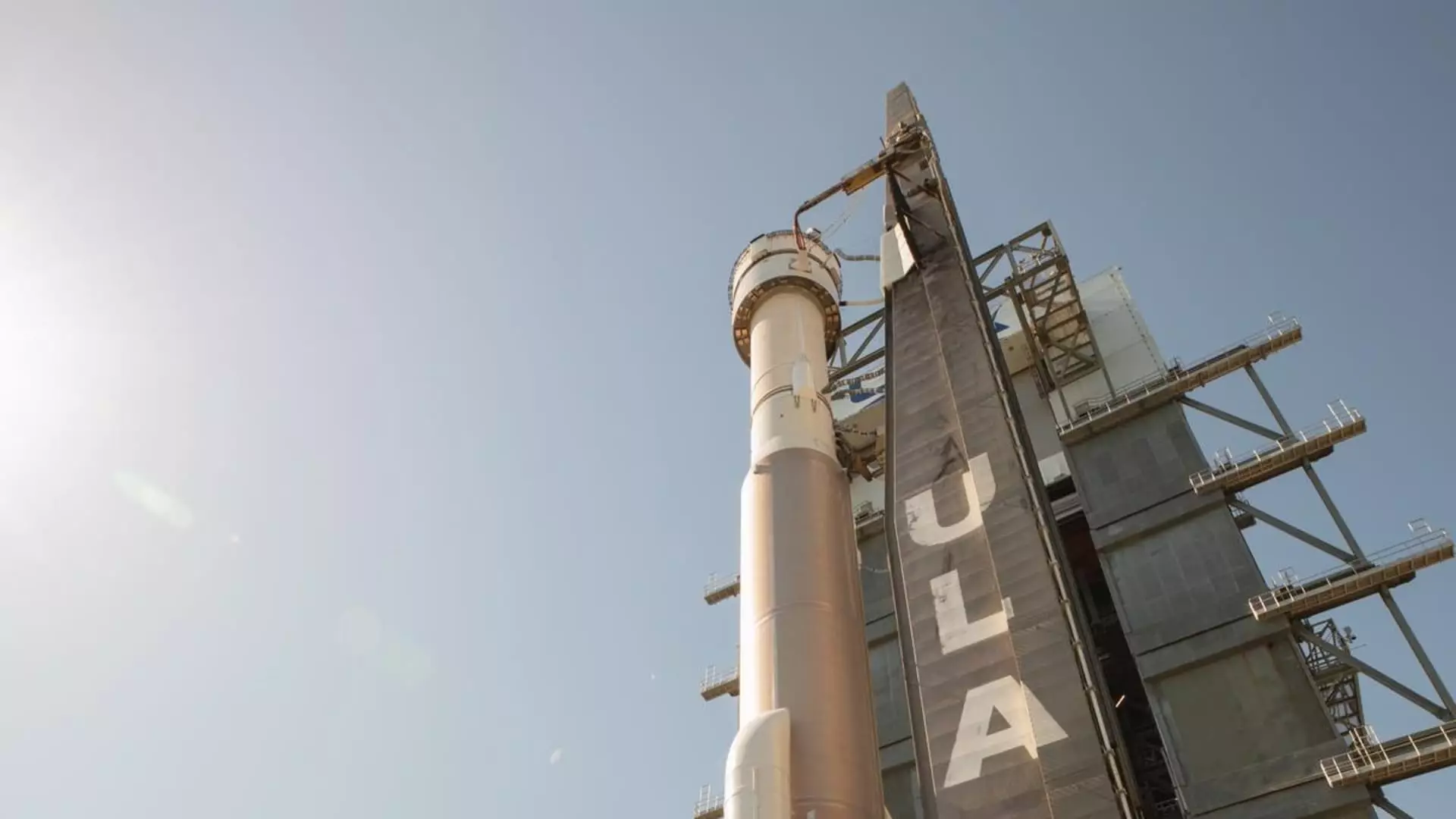Boeing’s highly anticipated Starliner flight with astronauts onboard faced a last-minute setback on Saturday. The launch, scheduled for June 1 at 12:25 p.m. ET to transport astronauts to the International Space Station, was automatically put on hold with just under four minutes remaining in the countdown. Such holds and launch delays, known as “scrubs,” are not uncommon in the aerospace industry. The crew members onboard were reported to be safe and were set to disembark.
Technical Issues and Setbacks
This recent launch delay is not the first challenge that Boeing has encountered with its Starliner spacecraft. In early May, a launch attempt had to be called off due to a detected issue with the rocket. Subsequent assessments revealed a small helium leak in the Starliner, specifically within the spacecraft’s helium propulsion system. While officials have described the leak as “stable” and not a safety concern, it has resulted in additional analyses and precautions.
Boeing’s Starliner program has faced numerous setbacks over the years, delaying its crewed debut significantly. SpaceX’s Dragon capsule, a competitor under NASA’s Commercial Crew program, has been regularly transporting astronauts to the ISS since 2020. As a result of these delays, Boeing has incurred significant costs, with $1.5 billion attributed to Starliner setbacks alone, in addition to nearly $5 billion of NASA development funds.
The crewed flight test that was postponed represents a critical milestone for Boeing’s Starliner program. It is the final major test before NASA can certify the system for regular missions to the ISS. The astronauts selected for this mission, Butch Wilmore and Suni Williams, bring extensive experience to the table, with both having flown to space on multiple occasions in the past.
Rocket and Capsule Capabilities
The Starliner spacecraft, designed to accommodate up to four NASA astronauts and research cargo, aims to provide a reliable transportation method to and from the ISS. Equipped with a parachute and airbag landing system, the capsule is reusable and capable of completing up to 10 missions. The upcoming flight, if successful, will involve a 25-hour journey in space before docking with the ISS.
Future Prospects
Despite the challenges and delays faced by Boeing’s Starliner program, the company remains committed to fulfilling its contractual obligations with NASA. The successful completion of the crewed flight test would pave the way for regular missions to the ISS and contribute to the broader goal of enhancing human space exploration. Boeing will continue to work closely with NASA to address any technical issues and ensure the safety and success of future Starliner missions.
The recent hold on Boeing’s Starliner flight underscores the complexities and uncertainties inherent in aerospace endeavors. While setbacks are to be expected in such ambitious projects, the commitment of companies like Boeing to overcome challenges and deliver innovative solutions is crucial for the advancement of space exploration.


Leave a Reply